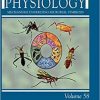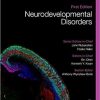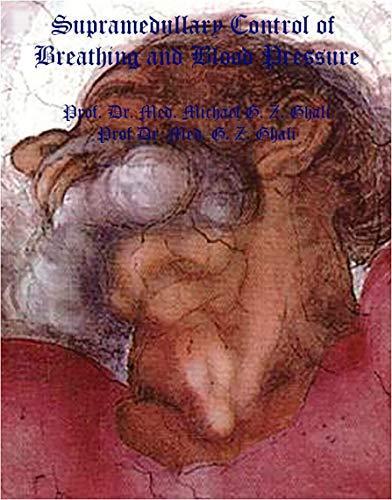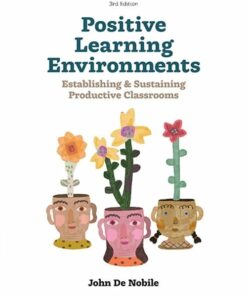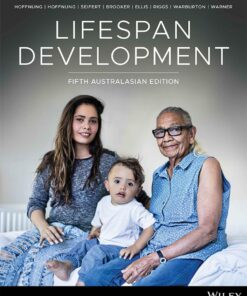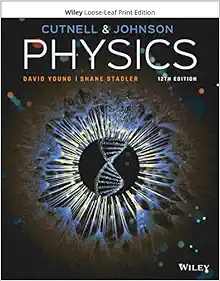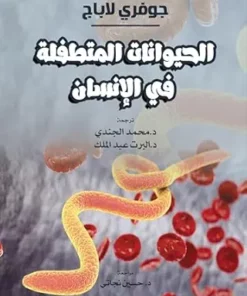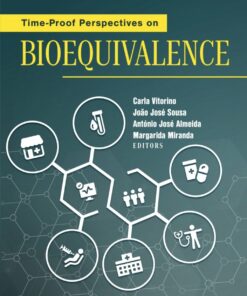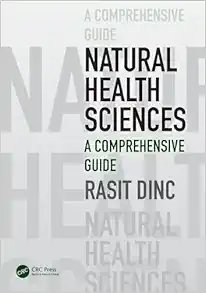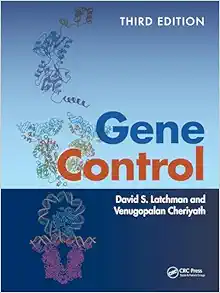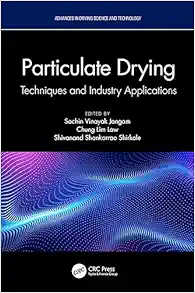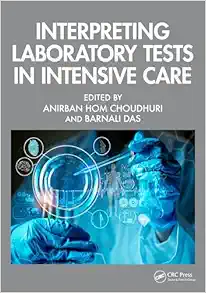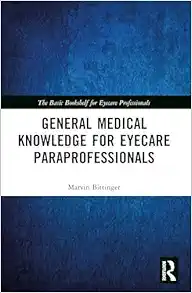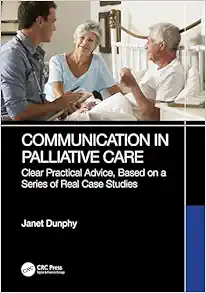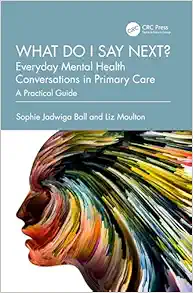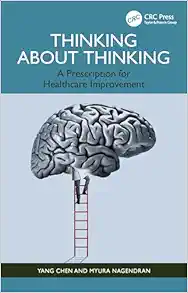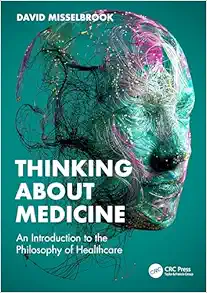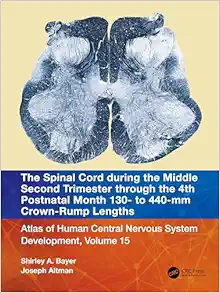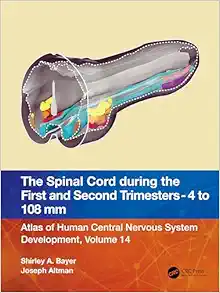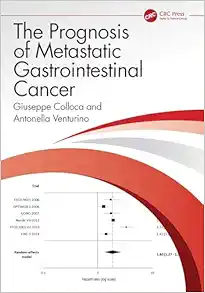Supramedullary Control of Breathing and Blood Pressure
27 $
Delivery time: Maximum to 1 hours
by Michael Ghali (Author), George Ghali (Author)
Supramedullary Control of Breathing and Blood Pressure
by Michael Ghali (Author), George Ghali (Author)
Elements in the medullary ventral respiratory column nuclei and dorsal respiratory group interact with the Kölliker-Fuse and medial parabrachial nuclei to generate the breathing rhythm and pattern. Triphasic eupnea consists of inspiratory [I], post-inspiratory [post-I], and late-expiratory [E2] phases. Supratentorial, midbrain, and pontine zones exert modulatory influences upon respiratory rhythm generating circuitry, sympathetic oscillators, and parasympathetic nuclei. The Kölliker-Fuse and medial parabrachial nucleus in the dorsolateral pontine tegmentum constitute the pneumotaxic center and contribute to inspiratory off switching in parallel and balance with vagal mechanisms. Lateral parabrachial nucleus stimulation elicits tachypnea, contrasted with bradypnea and sharp inspiratory termination elicited from medial parabrachial nuclei. Ventrolateral metencephalic tegmentum stimulation generates tachycardia, pressor responses, and variable effects on breathing. The ventrolateral pontine tegmentum represents a critical relay mediating the autonomic effects of dorsolateral metencephalic stimulation upon the autonomic outflow. The pons acting in concert with the medulla mediate the neuroprotective diving and trigeminocardiac reflexes, functioning to divert blood flow to the brain and heart. The earliest evidence supporting a contribution of the midbrain to breathing derives from studies performed by Martin and Booker in 1878. These authors demonstrated augmentation of ventilation in response to electrical stimulation of the mesencephalic colliculi in the rabbit. A series of studies performed during the past several decades revealed a critical contribution of the red nucleus in mediating hypoxic ventilatory depression. Stimulation of distributed zones within the midbrain elicited seemingly disparate effects upon respiratory phase timing and transitioning. The works of Schmid and Böhmer demonstrated monosynaptic modulation of medullary inspiratory and expiratory related units in response to stimulation within midbrain zones corresponding with the red nucleus and rubrospinal tract. A plethora of studies have since generated strong evidence demonstrating and underscoring a critical contribution of the mesencephalic colliculi and periaqueductal gray matter in coordinately amplifying the respiratory neuromotor output and sympathetic tone, effectively blunting the Hering-Breuer reflex and barosensitivity, and generating defense reaction behavioral responses to imminent environmental dangers. The lateral and ventrolateral divisions of the periaqueductal gray matter play critical roles in coordinating vocalization with breathing in an integrated circuit with the parabrachial nuclei. Authors have critically highlighted extensive and specific locoregional heterogeneity of effects elicited from periaqueductal gray matter stimulation. Studies have also made significant strides into elucidating the mechanistic basis and monosynaptic and polysynaptic propriobulbar and bulbospinal circuitry mediating periaqueductal gray matter and collicular modulation of breathing and autonomic outflow. The periaqueductal gray matter thus modulates and shapes neural respiratory frequency and amplitude, respiratory phase transitions, and autonomic outflow and appropriately coordinates defense reaction behavioral responses. Descending influences from limbic allocortex inclusive of hippocampus and amygdala also prominently modulates heart rate, blood pressure, and breathing rate and amplitude. These zones may also generate limbogenic seizures and centrogenic apneas, putatively contributory to the pathogenesis of sudden infant death syndrome. The data collectively inspire fruitful new avenues of investigation in order to more thoroughly elucidate the mechanistic underpinnings of coordinate effects of the mesencephalic periaqueductal gray matter modulating the cardiovascular and respiratory outputs.
Product Details
- Publication date : May 25, 2020
- Language : English
Related Products
Basic Medical Book
Basic Medical Book
Caring For School-Age Children (Canadian Edition), 2nd Edition (PDF)
Basic Medical Book
Positive Learning Environments: Establishing and Sustaining Productive Classrooms, 3rd Edition (PDF)
Basic Medical Book
Basic Medical Book
Healthcare Coverage: Legislation, Outcomes and Universal Coverage (PDF)
Basic Medical Book
Basic Medical Book
Basic Medical Book
Basic Medical Book
Microencapsulation of Probiotics: Challenges and Future Prospects (PDF)
Basic Medical Book
Mental Pain: A Focus on Diagnoses and Treatments in Clinical Psychology and Psychiatry (PDF)
Basic Medical Book
Basic Medical Book
Airborne and Biological Monitoring to Assess Occupational Exposure to Isocyanates (PDF)
Basic Medical Book
Proton Therapy Physics (Series in Medical Physics and Biomedical Engineering), 3rd Edition (PDF)
Basic Medical Book
Proton Therapy Physics (Series in Medical Physics and Biomedical Engineering), 3rd Edition (EPUB)
Basic Medical Book
An Introduction to Generative Drug Discovery (Drugs and the Pharmaceutical Sciences) (PDF)
Basic Medical Book
An Introduction to Generative Drug Discovery (Drugs and the Pharmaceutical Sciences) (EPUB)
Basic Medical Book
Particulate Drying (Advances in Drying Science and Technology) (PDF)
Basic Medical Book
Particulate Drying (Advances in Drying Science and Technology) (EPUB)
Basic Medical Book
The Impact of Artificial Intelligence in Radiology (AI in Clinical Practice) (PDF)
Basic Medical Book
The Impact of Artificial Intelligence in Radiology (AI in Clinical Practice) (EPUB)
Basic Medical Book
Basic Medical Book
Basic Medical Book
Basic Medical Book
Basic Medical Book
Basic Medical Book
Basic Medical Book
Basic Medical Book
Basic Medical Book
Basic Medical Book
Basic Medical Book
Supramolecular Synthons in Crystal Engineering of Pharmaceutical Properties (EPUB)


 Pain, the Opioid Epidemic, and Depression (EPUB)
Pain, the Opioid Epidemic, and Depression (EPUB) 